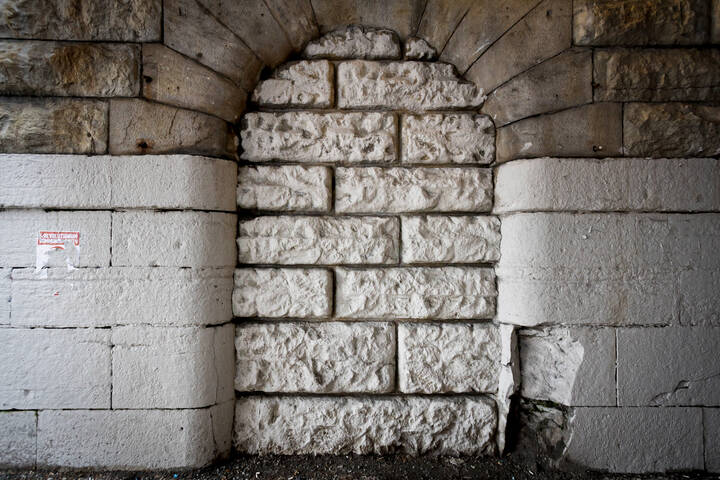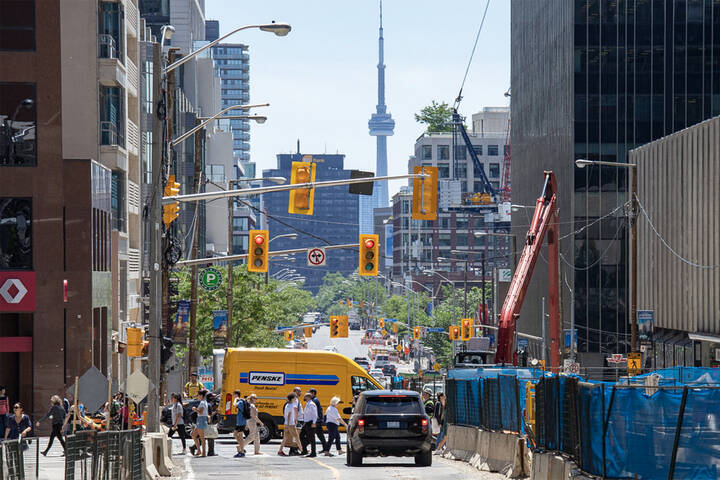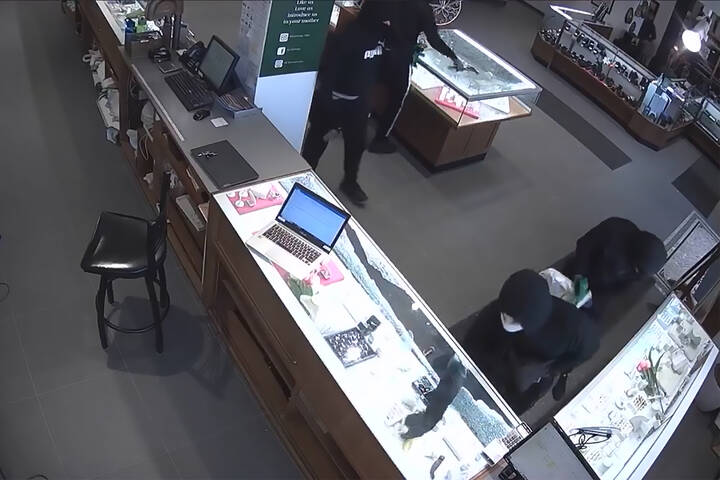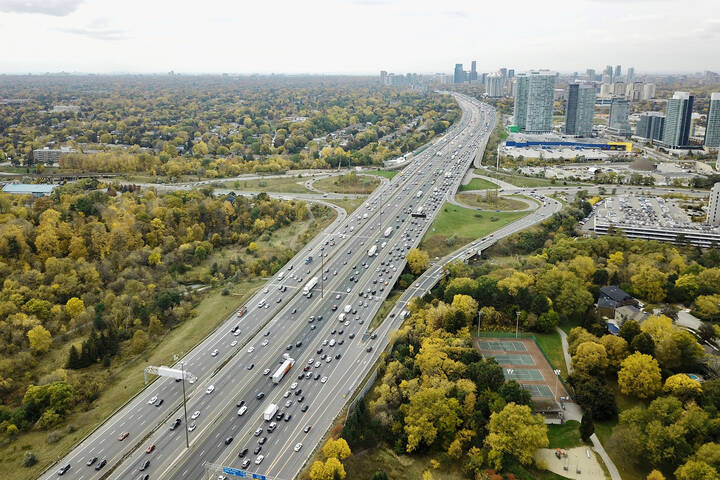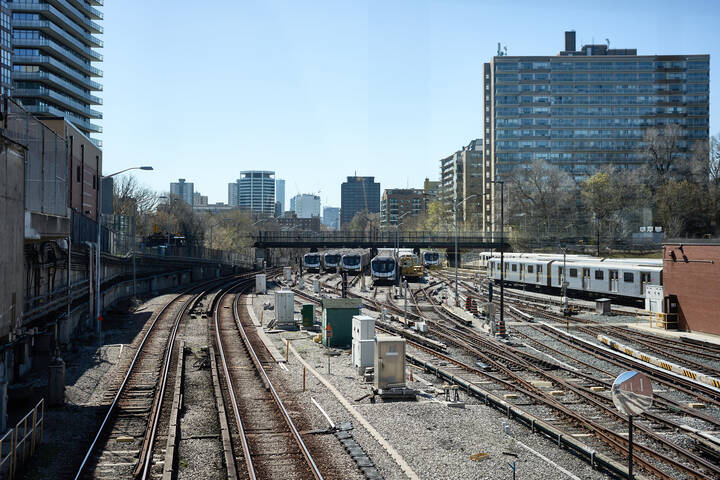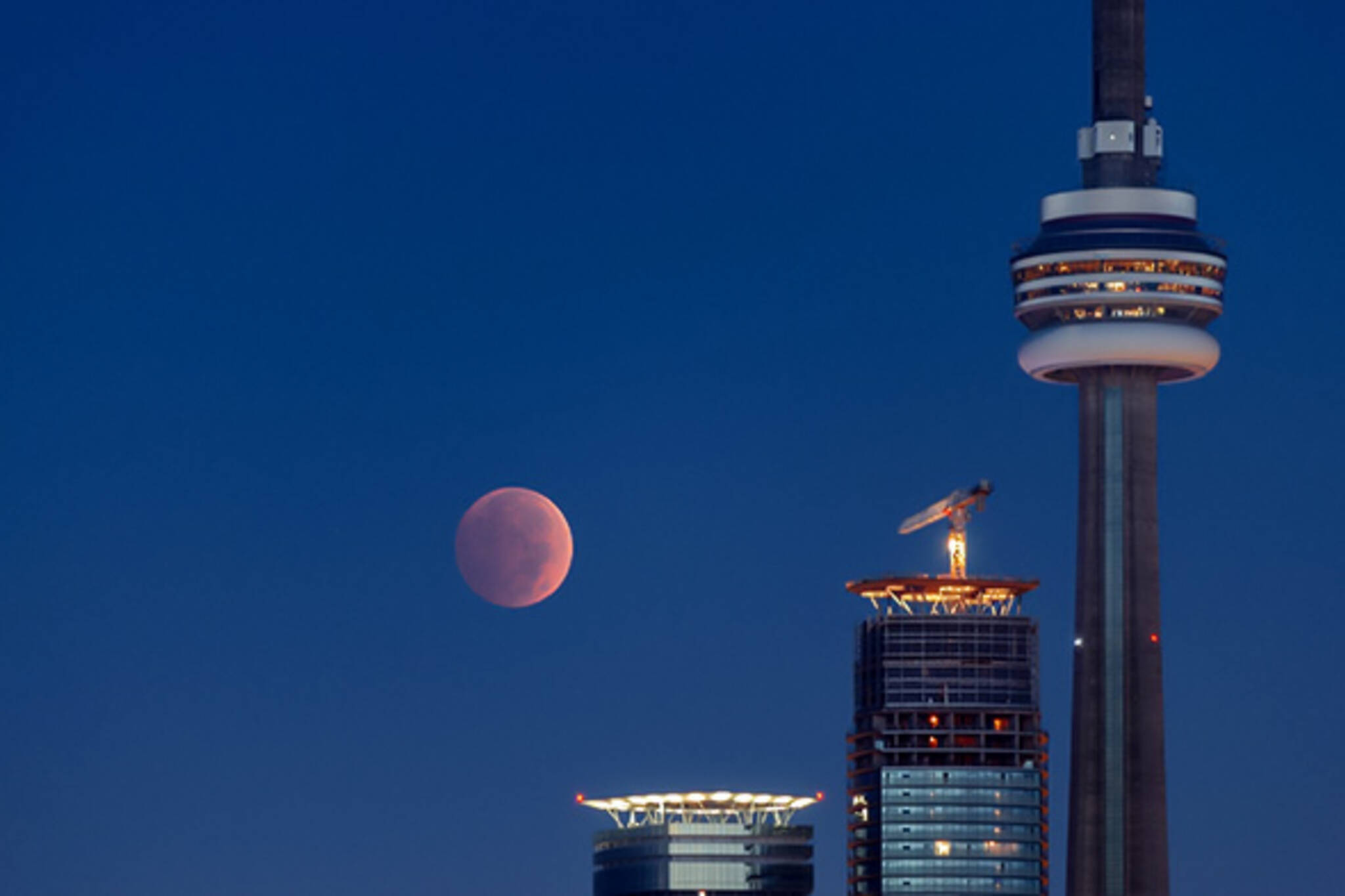
A skywatcher's guide to fall in Toronto
Fall is one of the best times of the year to cast your eyes to the night sky in Toronto and areas surrounding the city. The colder air makes for clearer skies, which can help when it comes to tracking down meteor showers and the Northern Lights. It also gets dark earlier, which means that's more convenient times to view predictable things like planets and the International Space Station.
HIDING FROM THE LIGHT
There are plenty of celestial events that only require you to look to the night sky in order to appreciate their beauty, but meteor showers and the aurora borealis do not fall into this category. When chasing such events, you'll want to consult a dark skies map to ensure that you're viewing from a location that's not beset with too much light pollution.
HOW TO SPOT AURORAS
Early fall is not shaping up to be a promising month for aurora activity according to various space forecasts, but the key to catching the northern lights is to be prepared when a geomagnetic storm does happen.
You'll want to have your dark view position secured using this map, and to track information related to the force of the storm using Canadian Space Weather. You can also sign up for aurora alerts in the event of an unpredicted storm.
UPCOMING CELESTIAL EVENTS
International Space Station
There's never been a better time to take a moment to watch the ISS sly across the sky. It will pass above Toronto over 15 times in October, and at times it'll appear as the second brightest object in the sky behind the moon.
A series of supermoons (October 15, November 14, December 14)
It's a whole season of supermoons, as each of the next three are worthy of the designation. There's the Hunter's Moon, the Beaver Moon, and the Cold Moon, all of which will be bigger than normal. Watch the for the Hunter's Moon to appear particularly large when it rises above the eastern horizon on October 15.
Orionid meteor shower (October 20, 21)
You don't hear as much about the Orionids, but they actually come from Halley's Comet, arguably the best known of them all. This meteor doesn't produce a ton of shooting stars (dark sky viewers can expect 20 an hour), but is worth looking for if your out of the city.
Moon, Saturn and Venus (Nov. 1-3)
Provided we have clear skies in Toronto, the beginning of November will bring a stunning conjunction of a crescent moon, Venus and Saturn all near the southwest horizon.
Taurid Meteor Shower (November 4 and 5)
This is small meteor shower that's worth monitoring for its propensity to include fireballs. These are the most dramatic shooting stars, and seeing one is always a majestic experience.
Leonid meteor Shower (Nov. 17/18)
A bright full moon will impede viewing conditions for the Leonid meteor shower this year, traditionally one of the best of the year. Skywatchers will want to look for meteors in the early dawn hours of November 18 for the best chance to see these shooting stars.
Photo by Michael Muraz in the blogTO Flickr pool.
Latest Videos
Latest Videos
Join the conversation Load comments

